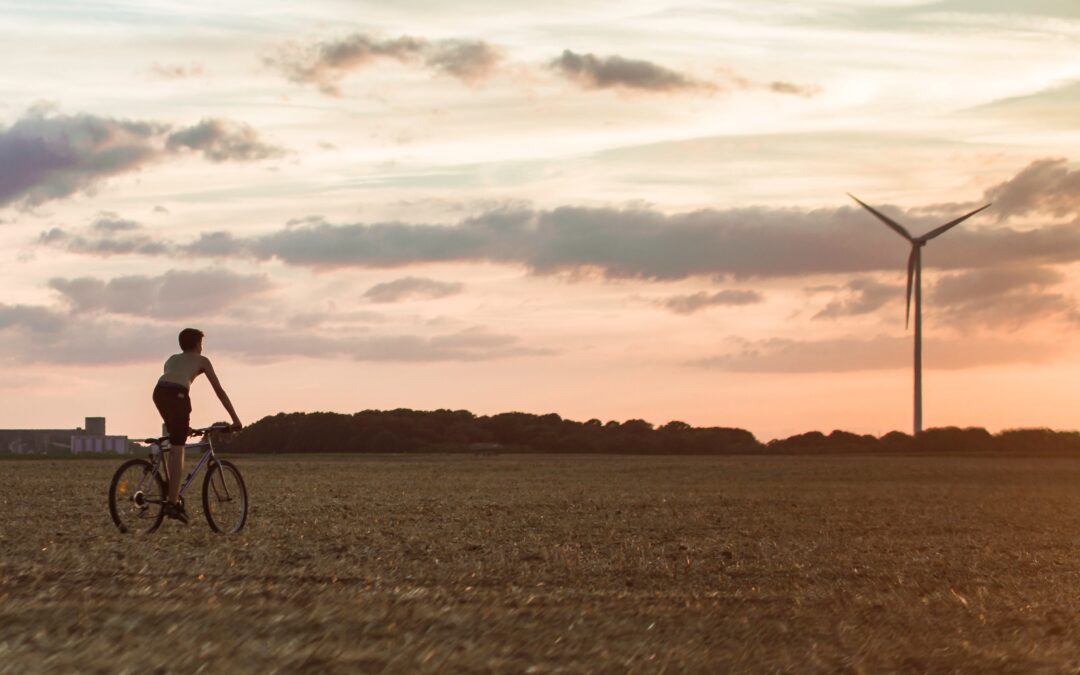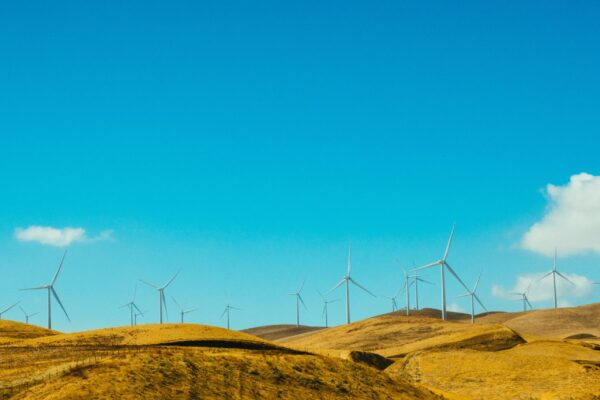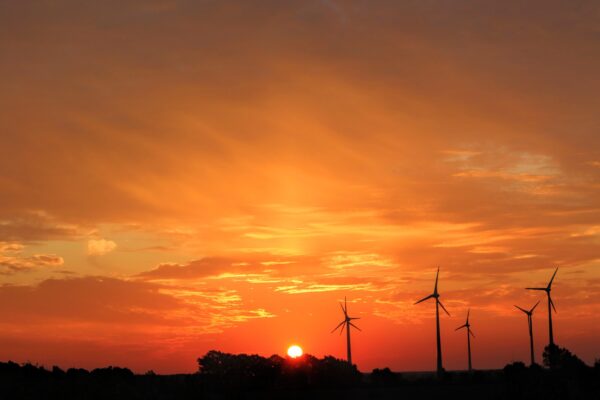The world is at a turning point in the fight against climate change, and renewable energy sources are playing a pivotal role in this revolution. Among the various forms of renewable energy, wind power stands out as a promising solution to reduce our reliance on fossil fuels and curb greenhouse gas emissions. Have you ever explored the incredible potential of wind power?
Wind power has been used for centuries, with windmills and sails being early examples of how humans have harnessed the power of wind for various applications. However, in recent years, wind power has seen a rapid transformation from being a traditional source of mechanical energy to a modern and sophisticated form of electricity generation.
One of the primary advantages of wind power is that it is clean and emits zero greenhouse gases. Unlike fossil fuels, which release carbon dioxide and other pollutants when burned for energy, wind power does not produce harmful emissions that contribute to climate change. This makes it a crucial tool in the fight against global warming and air pollution.
Another significant advantage of wind power is its abundance. Wind is a renewable and virtually limitless resource, available in abundance in many parts of the world. According to the Global Wind Energy Council, the global installed wind power capacity has reached over 837 gigawatts in 2022, generating electricity for millions of homes and businesses around the world.
Wind power is also highly versatile and can be harnessed in different ways. The most common method is through wind turbines, which are tall structures with large rotor blades that rotate when the wind blows. The kinetic energy from the spinning blades is then converted into electricity using a generator. Wind turbines can be installed onshore or offshore, depending on the geographical and environmental conditions of the location.
In particular, offshore wind power has gained significant attention in recent years due to its vast potential. Offshore wind farms can be installed in large bodies of water, such as oceans or seas, where the wind is often stronger and more consistent compared to onshore locations. These farms can generate massive amounts of electricity, capable of powering entire cities. Additionally, offshore wind farms have minimal visual impact, as they are located far from the coastline, making them an aesthetically pleasing option for renewable energy generation.
Furthermore, wind power has significant economic benefits. It can create jobs in manufacturing, construction, and maintenance, providing opportunities for local communities and boosting the economy. The wind energy industry also stimulates innovation and technological advancements, driving down costs and making it more competitive with fossil fuels. As the demand for clean energy increases, wind power has the potential to become a major driver of economic growth and sustainability.
Despite the numerous advantages of wind energy, there are challenges that need to be addressed. One of the main challenges is intermittency, as wind is not constant and its availability varies depending on weather conditions. However, this can be mitigated through advanced grid integration and energy storage technologies. Energy storage solutions, such as batteries, can store excess electricity generated during peak wind periods and release it during low wind periods, ensuring a consistent and reliable supply of electricity.
Another challenge is the potential impact on wildlife and ecosystems. Onshore wind farms can disrupt local habitats, and the rotating blades of wind turbines can pose a threat to birds and bats. However, with proper site selection, monitoring, and mitigation measures, the impact on wildlife can be minimized. Offshore wind farms, on the other hand, have shown to have minimal impact on marine life, as they are typically installed in deeper waters away from sensitive habitats.
In conclusion, wind power is a renewable energy source with immense potential to transform our energy systems and contribute to mitigating climate change. It is clean, abundant, versatile, and economically viable. Just like other forms of sustainable energy, it’s a great tool to have tucked into our belts.







